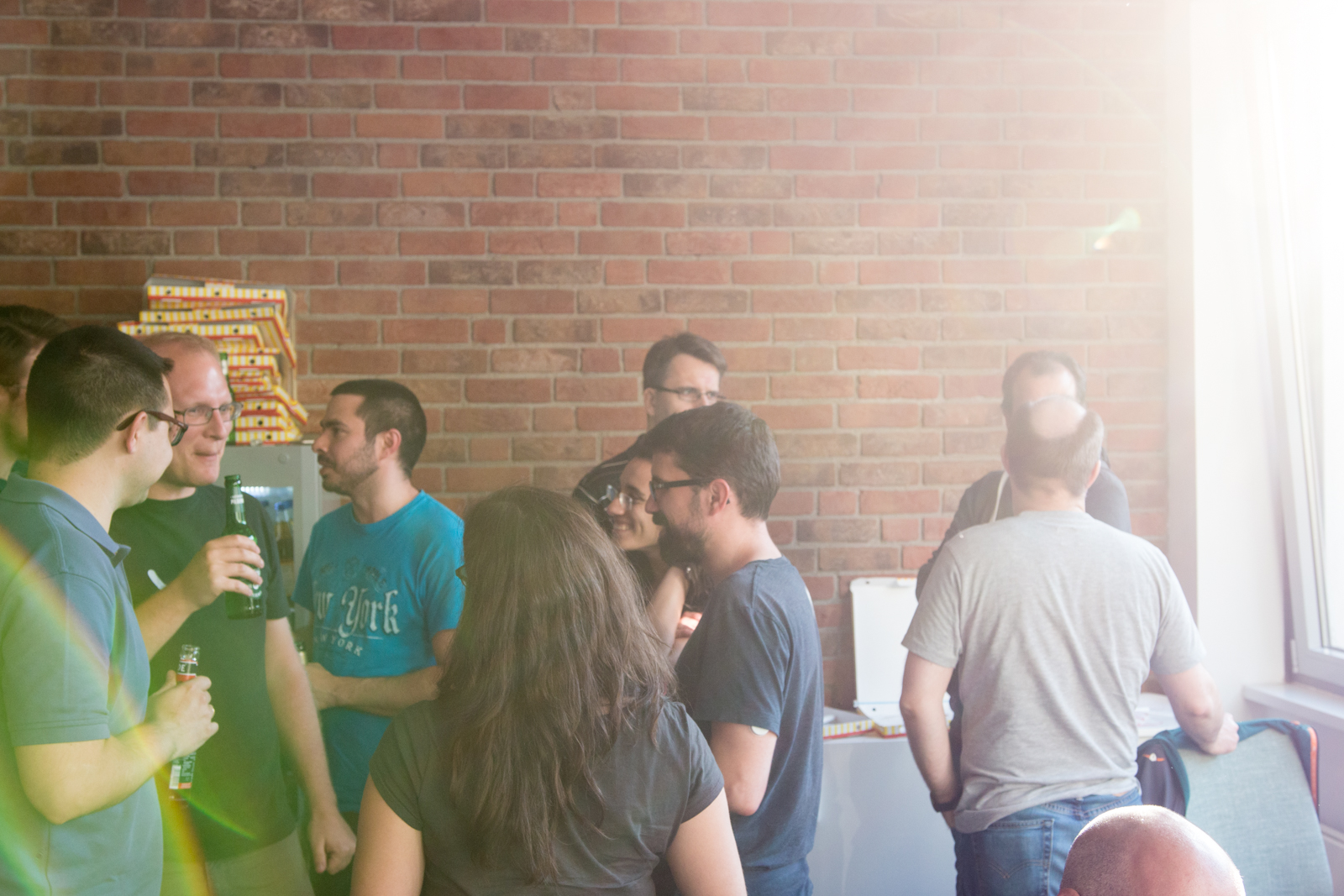April 13, 2016 / by Torben Greulich / Software engineer / @mr_tege
Retrospective training at it agile
We are doing a retrospective in a custom way after every scrum iteration and they are working pretty well for us. But as you know there is always potential left for optimization. Because of that we visited it-agile for a retrospective training.
The main principle of a retrospective is to learn from the past and improve future tasks.
We are doing our ‘sprint-closing’ in a custom and simple way - we start with a review of the last scrum sprint and afterwards we do a shortened retrospective. For gathering the problems we use different methods - some of them are listed at retromat. In a team discussion we try to work out the real problems and impediments of the last iteration and try to find some actions to get better on these topics and avoid them in the next iteration. Although this way of a retrospective works pretty well for us, we decided to do a retrospective training to review and check our ‘way-of-retro’.
Within the training it was explained how an ideal retrospective could be accomplished. You should do a retrospective in five steps:
- set the stage
- short introduction and welcome
- gather data
- gather information from the team
- generate insights
- analyze gathered data and search for root causes, patterns…
- decide what to do
- prioritize generated insights and extract actions for the team to work on
- closing
- summarize meeting and close retrospective
It was new to us, to do this really strict fragmentation into five steps, especially the first step “set the stage” was totally underestimated by us. It became clear, that by a good introduction the result and the conclusions of the retrospective could be improved very highly.
Within the first step (‘set the stage’) you should set high priority on making every team member say something, even when it is only their current mood or the mood within the team, because by this the participation during the retrospective will be increased.
We will not go with a strictly subdivision of the three phases of problem- and solution-finding - we will continue to make it ‘in a more fluent way’ - like we did before.
But here are a few ideas, attempts and actions we want to try:
- more questioning why things are as they are
- more questioning why tasks have been made this or that way
- define actions clearly, so that they can be addressed in the next sprint
- welcome every team member in the retro and set everyone in a ‘retro-mood’ with a ‘skillful’ and maybe surprising intro ;-)
- continue to use different methods for ‘gather-data’ (#tweet-my-sprint, three wishes to the fairy, repeat & avoid, speedboat… more on retromat - or get creative :-))
It was good that we once more put our procedure on the test bench. On the one hand we got the confirmation, that a few things are going quite well with our retro-way (eg using different methods in every retro) and on the other hand we got an awareness of the importance of the other phases. We got new ideas and suggestions for retro-improvements and also the talks and discussions with the other attendees were interesting.
Thank you, it-agile, for the nice & inspiring retrospective training.

